What’s discussed in this post
Commas with a direct address in dialogue
“Duke, you need to stop talking.” If the direct address comes in the middle of the sentence, the expression is set off by a pair of commas: “C’mon, Addy, let’s go to the park!” If the direct address comes at the end of the sentence, a comma goes before the expression: “Go home, Martin!” Commas with an indirect quotation within the question1. A subordinate clause with a direct quotation – In this case, you'll put a comma between the subordinate clause What do you mean and the independent clause Lola ate all the cheese, and you’ll add single quotations around the independent clause. “What do you mean, ‘Lola ate all the cheese?’ ” she said. 2. A dependent clause followed by an indirect quotation – This utilizes the scheme of elision, which is when you omit or drop words that are easily understood by the reader. In this case, the omitted word is by. When you utilize elision, a comma replaces the omitted word. “What do you mean by Lola ate all the cheese?” she said. “What do you mean, Lola ate all the cheese?” she said. In either case, commas are needed between the subordinate interrogative What do you mean and the independent clause. Which style is up to you, but aesthetics should be a consideration. In the manuscripts I edited, I chose the indirect-quotation style because the direct-quotation style looked busy. Commas with relative clausesRelative clauses are dependent clauses that begin with relative pronouns. Who, which, what, and that are the most commonly used relative pronouns. Whether or not you need to set off a relative clause with a comma depends on whether the clause is restrictive or nonrestrictive. Restrictive clauses include information that is essential to the meaning of the sentence. They should not be set off with a comma or pair of commas. The woman who lives upstairs needs to soundproof her bedroom a little more. Nonrestrictive clauses include information that is not essential to the meaning of the sentence. They should be set off with a comma or pair of commas. Janet, who is my upstairs neighbor, needs to soundproof her bedroom a little more. Self-editing tipsIs it identifying? Then it is restrictive. Do not set it off with a comma. Is it commenting? Then it is nonrestrictive and should be set off with a comma or pair of commas. Many proofreading and editing softwares will pick up on vocative expressions and introductory subordinate clauses and will suggest a comma or pair of commas, so use those to your advantage. Always keep in mind that a comma is required between an introductory subordinate (dependent) clause and an independent clause, and vocative expressions should always be set off with a comma or pair of commas. Otherwise, your reader will trip over the sentence, and they’ll be pulled out of the manuscript. Further readingThe Chicago Manual of Style 5.56: Relative pronouns defined
The Chicago Manual of Style 6.24: Commas with introductory dependent clauses The Chicago Manual of Style 6.53: Commas with direct address The Chicago Manual of Style 6.54: Commas to indicate elision Comma Table Comma Series
0 Comments
What's discussed in this post
What is a comma splice?A comma splice occurs when two grammatically correct and complete sentences (independent clauses) are joined (or spliced together) by a comma. Here it is in a formula: Comma splice = [Independent clause] , [Independent clause]. Example: It was the best of times, it was the worst of times . . . (From A Tale of Two Cities by Charles Dickens) Is a comma splice ever correct?Comma splices are considered nonstandard, but CMOS Fiction+ Shop Talk writer Russell Harper and the infamous The Elements of Style authors Strunk & White both point out that a comma splice isn’t always an error. It’s an option, but it should only be used when it is the best option. How do you know if it’s the best option? That depends on context, tone, and intended emphasis. In general, a comma splice is an option when:
Since comma splices can be viewed as an error by discerning readers, it needs to be used sparingly and with obvious intention. Below, we are going to talk about three ways to use a comma splice intentionally through asyndeton. Asyndeton and comma splicesAsyndeton is a scheme of omission in which you leave out, or omit, conjunctions between coordinate words, phrases, and clauses. Often, you use a comma to indicate the elision, which is allowable per CMOS 6.54 (“Commas to indicate elision”). When you utilize asyndeton between independent clauses, you create comma splices. Asyndeton between independent clauses is most effective you need to create a hurried rhythm, show dichotomy, or show an emotional reaction. Comma splices to create a hurried rhythmHere’s a famous sentence popularly attributed to Julius Caesar: I came, I saw, I conquered. This sentence checks most of the boxes in the guidelines outlined above: The sentences are short and closely related, they have parallel structure, but since we don’t have context, the tone is vague. The lack of conjunctions here allows us to say the entire sentence in one, short breath, which gives us the impression that not only was Caesar successful, but the three actions were done in such quick succession and with such ease that he didn’t even break a sweat. A less experienced (or less brave) editor would edit this sentence according to current standards and conventions, but we would lose a lot of the meaning. I came; I saw; I conquered. I came. I saw. I conquered. I came, I saw, and I conquered. The semicolons and periods (also known as hard stops) still create a hurried rhythm, but there is too much breath, too much distance between the actions. They also read a little sarcastic in tone, like the speaker is annoyed and talking down to the listener. The conventional use of “and,” doesn’t have this tone, but the hurried rhythm is lost. In all three conventionally combined sentences, the three actions feel more laborious. He broke a sweat completing all three tasks. This balance between tone, rhythm, and convention is something I had to consider recently. My client Stephanie K. Clemens uses comma splices to create asyndeton in Stripped Away, her political fantasy Kindle Vella, to create a hurried rhythm:
The break in parallel structure with the third clause, nothing happened, also serves the sentence. Breaking the repeating structure creates a tone of relief and confusion, which is precisely how Kennara feels. Since simultaneity and tone are essential to the meaning of the sentence, I kept the comma splices/asyndeton, explained why in a comment, and told Stephanie how awesome she is. Comma splices to show a dichotomyDichotomy is “a division between two especially mutually exclusive or contradictory groups or entites.” The most famous display of comma splices and dichotomy is the first paragraph in A Tale of Two Cities: It was the best of times, it was the worst of times, it was the age of wisdom, it was the age of foolishness, it was the epoch of belief, it was the epoch of incredulity, it was the season of Light, it was the season of Darkness, it was the spring of hope, it was the winter of despair, we had everything before us, we had nothing before us, we were all going direct to Heaven, we were all going direct the other way . . .
It grounds the reader in the historical setting of 1775, it’s setting up the main conflict of the book between the aristocratic class and the impoverished. The string of comma splices weaves together these two goals, showing how tangled the conflicts and setting are. If we separate the clauses and recast them conventionally, we lose the entanglement of conflicts and worlds. My client Jesse Harvey used comma splices and dichotomy recent in her book, Uthraith Tauristar: Book Two of The Dark Stellar Legacy: The first sentence utilizes a compound predicate, which highlights subject complement inseparable and the verb phrase forever entwined. Anything other than a simple and would disrupt the closeness of that relationship between the two worlds. The second sentence continues describing this relationship. And it stands out. Never touching, always together has both fragments and a comma splice. The two fragments contradict, just like the worlds contradict—they are the tangible world, and an invisible world called the aether—and the comma splice serves as a bridge between the dichotomic relationship and existence. It also sets up the last two sentences, which show the two characters' relationship to these worlds. We finally get two short, simple sentences that are repetitive. A comma splice would've been an option here if it weren't for the context. But separating the two subject compliments into two sentences adds the forceful staccato tone Jesse was going for in this training scene, and it also sets up the two roles the characters play between the two worlds. If I had edited the comma splice in the second sentence to a more conventional method, we would've not only lost the meaning in the second sentence but also the meanings in the rhythms of the surrounding sentences. Super cool, right? Comma splices to create an emotional reactionWe talked a little about this with the example from Stephanie K. Clemen’s Stripped Away: The combination of the comma splice and structural change in the last clause created a sense of relief for the POV character Kennara. My client Arabella K. Federico also used the rhythm of a comma splice to show an emotional reaction in her character Kara in The Mark of Chaos and Creation: The tone is informal—these are Kara's thoughts, only heard by her and the reader—and the clauses also hit the marks of being intimately related, short, and there's even some repetition of sounds in the interjections (the repetition of S in Sure, I suppose) and in the prepositional phrases (at some point, in some way), which tie the clauses even closer together. The comma splices here serve to show the winding thoughts of Kara in an introspective moment. They create a soft tone, which contrasts headstrong and intense, and feel almost lonely. It also highlights one of the main struggles Kara has throughout the book: the longing to belong and the constant feeling of being left out. It just breaks your heart, doesn’t it? If I edited this conventionally, the tone would’ve shifted dramatically: Sure, I can be headstrong and intense sometimes. I suppose. But it’s like at some point, in some way, everyone leaves me. With the conventional structure, we get more of a pointed staccato, which conveys some incredulity of the judgment that Kara's headstrong and intense sometimes. That’s not what Arabella wanted to convey. Kara already believes these two things are true. The doubt Kara has is whether she is capable of being loved unconditionally. So, we’ve lost that expression of her core belief and true doubt. We’ve also lost the winding rhythm and the softness, which adds to the loneliness and doubt Kara feels and allows the reader to feel them with her. Sometimes nonconventional sentences are the best sentences. Another excellent way to show an emotional reaction with a comma splice is to break the rhythm of a sentence. Unfortunately, I don't currently have an example for this, so if you find out, let me know! Stylistic ConsiderationsEven for the savviest readers, comma splices can be jarring, and they can look like an error to more casual readers, so it is understandable if you’d prefer to avoid them in your writing style. But I wouldn’t discount them completely. Comma splices are voicey and add character to dialogue and narration. Therefore, you may also stipulate that comma splices are only allowable for certain characters, or in dialogue, thought, or free indirect discourse. Whatever the case, make sure you tell your editor your comma splice preferences; they’ll know the best way to edit out the asyndeton while maintaining as much rhythm and meaning as possible. Further Reading
|
AuthorSarah Hawkins is a geek for the written word. She's an author and freelance editor who seeks to promote and uplift the authors around her. Categories
All
Archives
December 2023
|
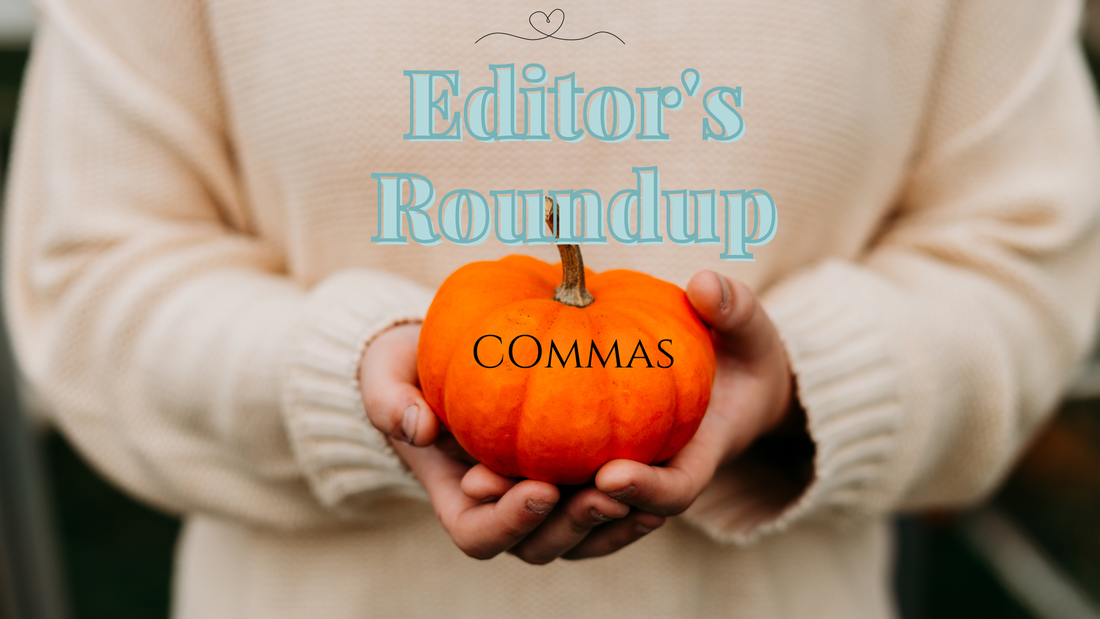
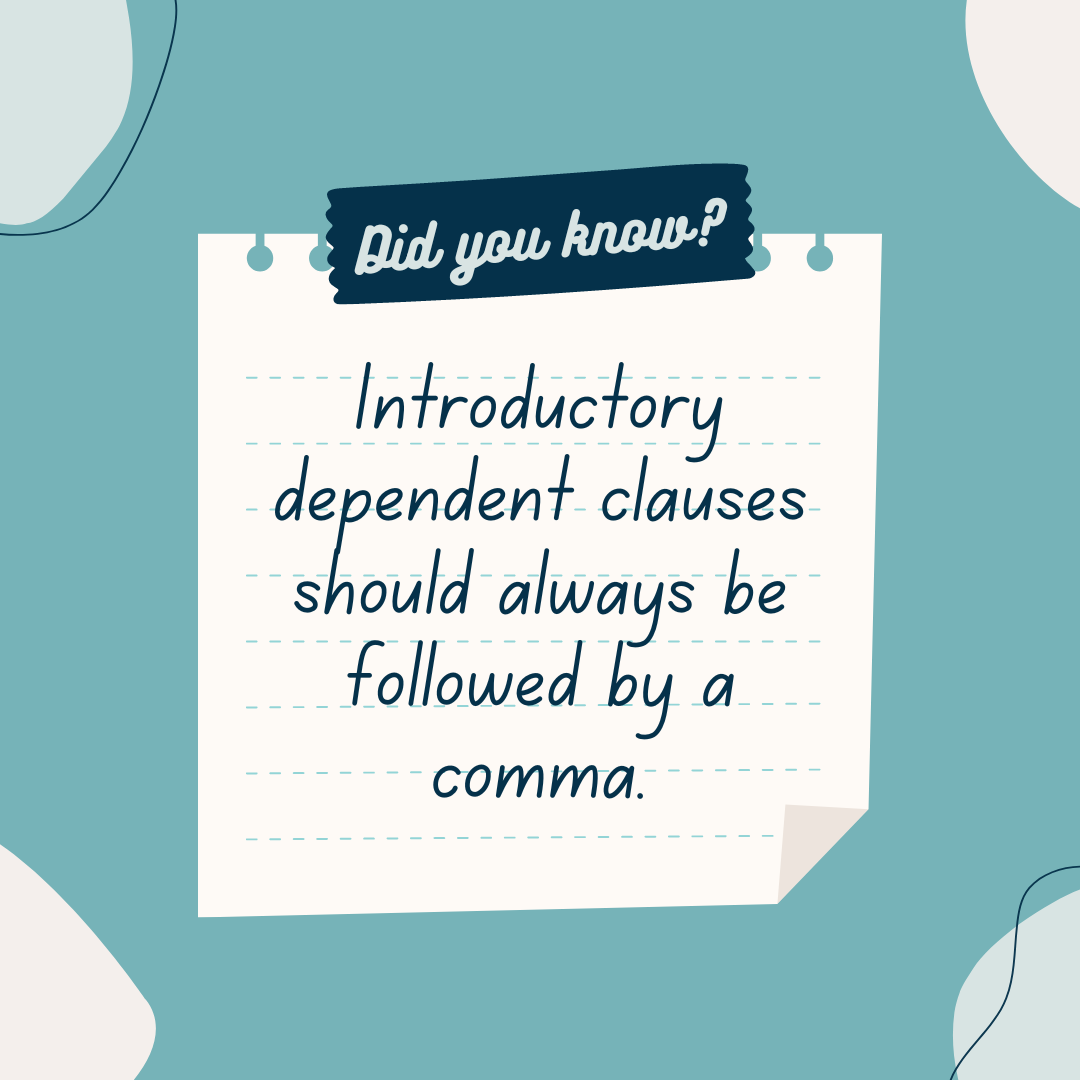
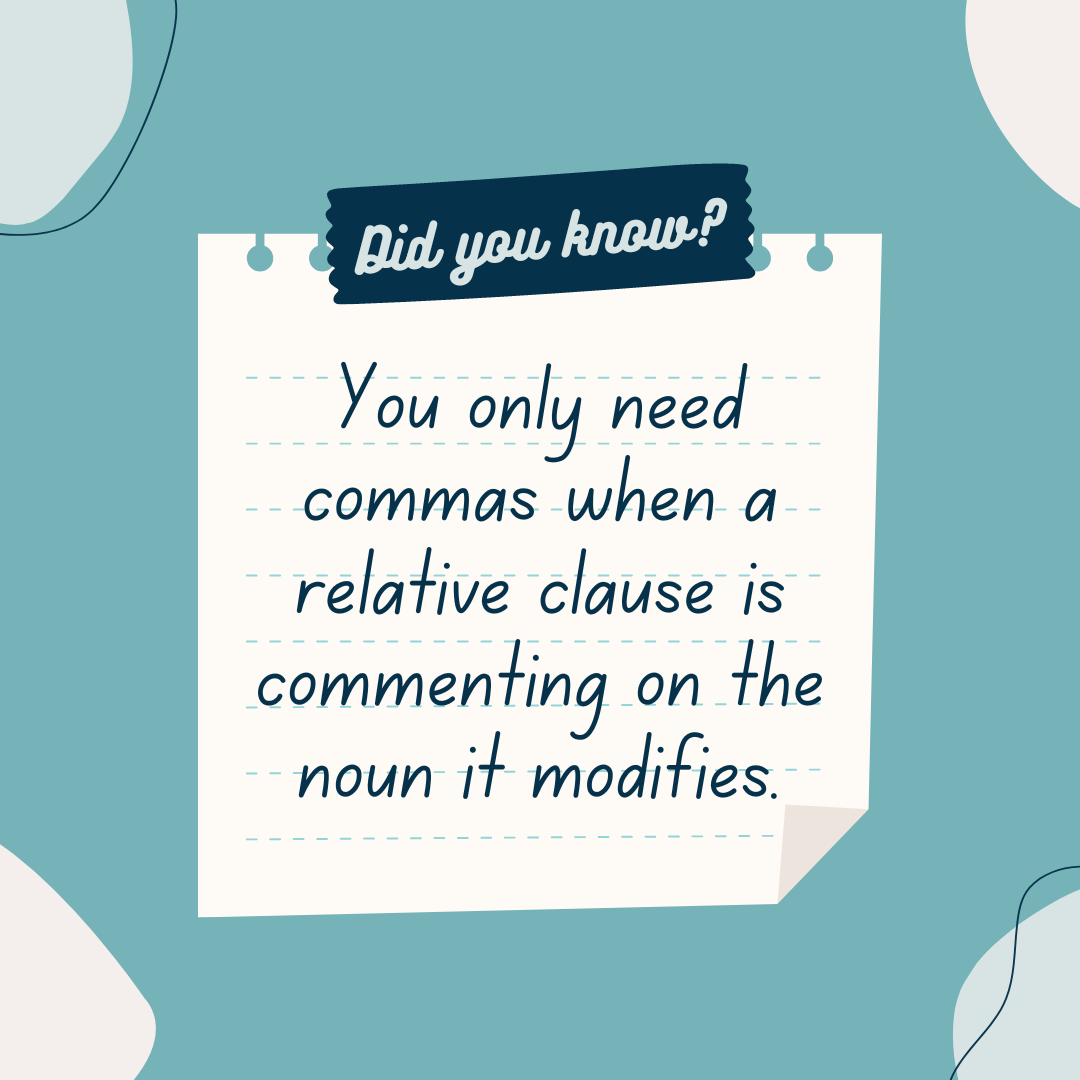
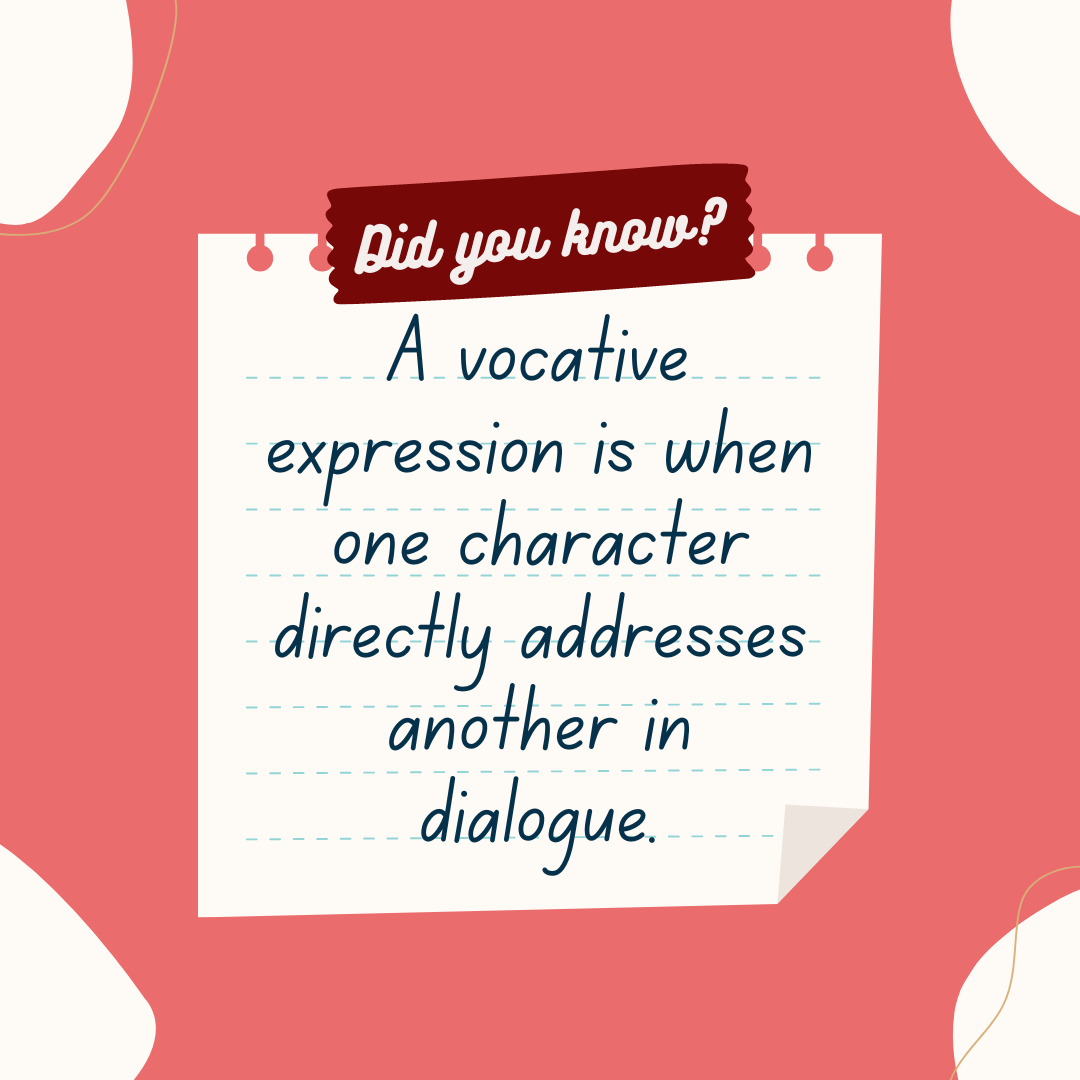
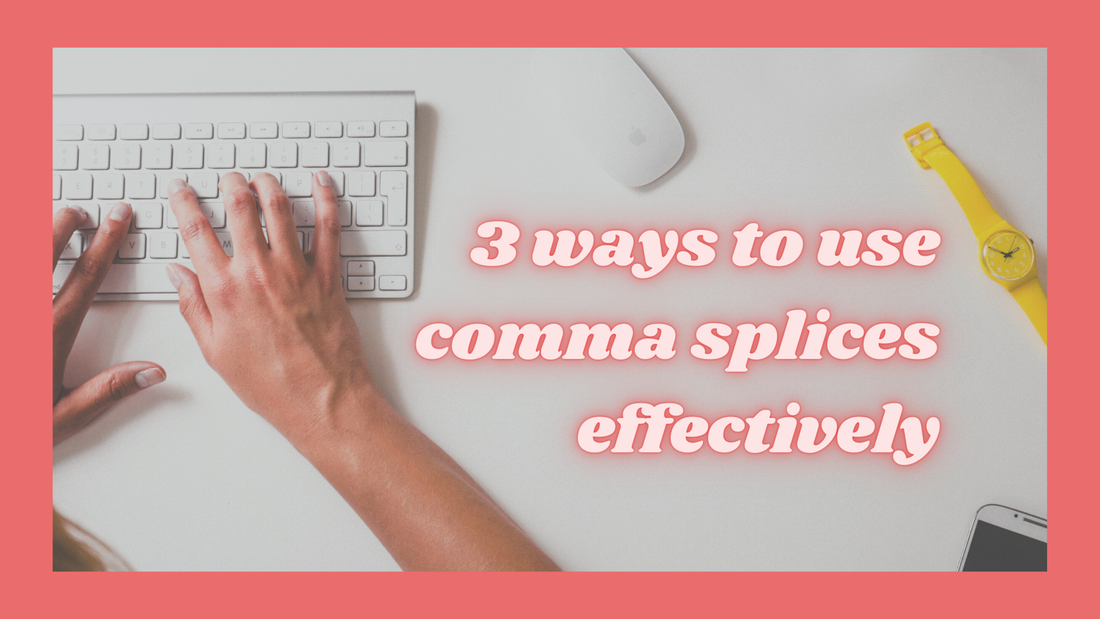

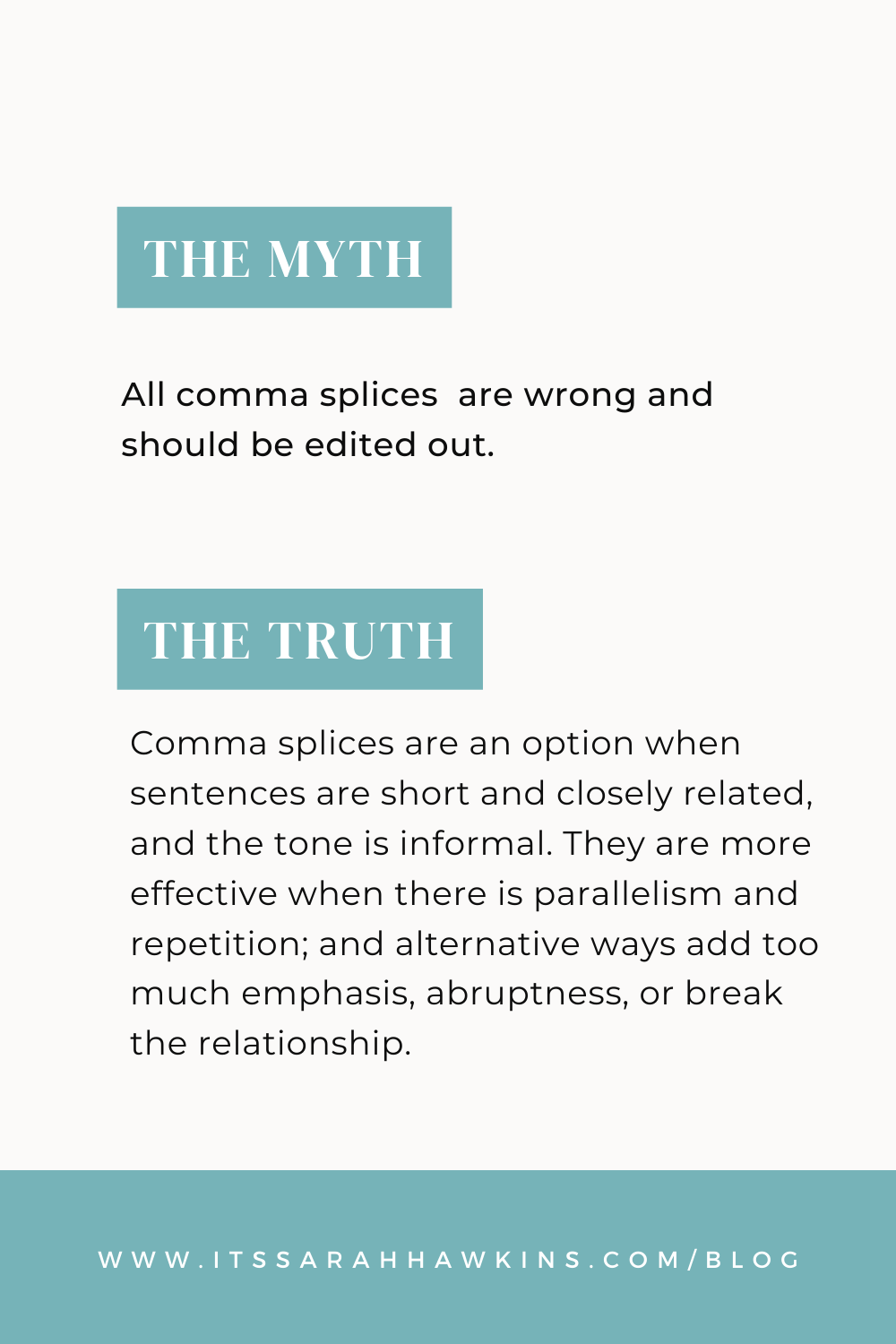
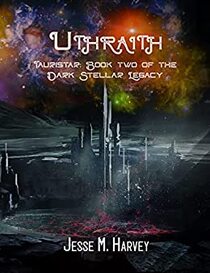
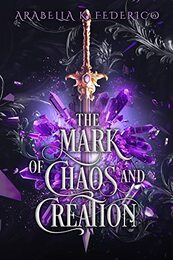
 RSS Feed
RSS Feed
